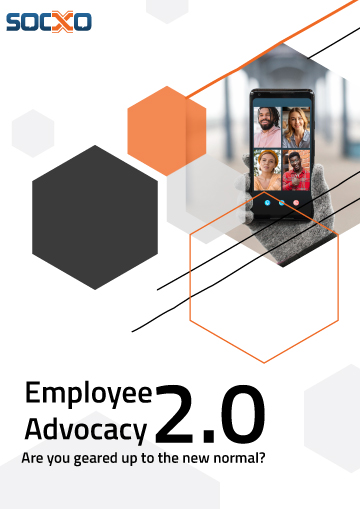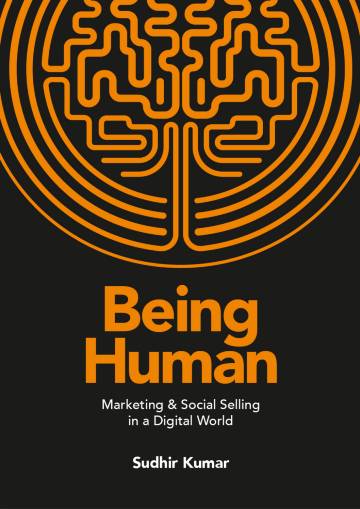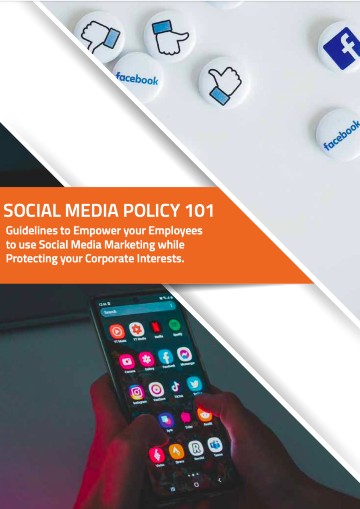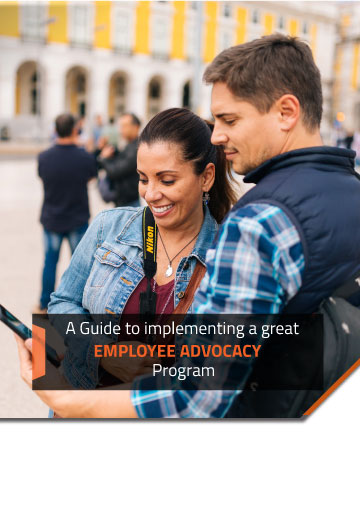
After all, their safety and well-being is your first concern.
It’s been over three months since we first started hearing about the coronavirus crisis. It’s only that for the rest of the world except Wuhan (ground zero of the pandemic), the helplessness, fear, and dread has snowballed. With a vaccine still looking like a distant dream. And social distancing, experiencing hits and misses in equal parts. Curfews and lockdowns extend seemingly indefinite. Businesses are left with a new reality. That of functioning as fully as possible under the circumstances, with employees continuing to work from home.
With that being the new goal, it becomes all the more important to ensure that your employees stay safe. But how can you do that, especially when they work “offsite?” Turns out there’s plenty you can do. As they always, say, where there’s a will…
1. Be Sharp, Simple and Distinctive in your Employee Safety communication.
Let’s face it – even during the best of times, employees rarely read all your communication. You’ve always known that, but crisis communication is an entirely different ballgame. You need your employees to read and apply all the latest best practices you can lay your hands on, for their sake as much as yours.
So, how do you make sure you’re heard? The first thing to do is to set up a dedicated channel for all crisis-related content. For maximum effectiveness, make it two-way to ensure that employees have a chance to air out their doubts. Just like you and everyone else, your employees, too, are reading everything they can to learn whatever they can about the virus. And how to stay safe as time wears on. So the first order of the day is to make sure that your crisis communication is sharp, simple and distinct.
You will find this article on Internal Comms during crisis an interesting read.
This not only makes it easier for your employees to find all the information they need in one place, but ensures that no one misses out on important communication.
2. Leverage different content formats to break monotony and enourage consumption of Employee Safety Communications.
If you’re sharing company updates, such as new measures and policies, e-mails and blogs work well. On the other hand, if you’re sharing safety tips such as how frequently to sanitize hands and clean laptop keyboards, you can get a little creative – opt for checklists with supporting illustrations and plenty of white space. Keep content brief and to the point. If possible, even consider sticking to one or two-page docs – and recommend employees to print and stick them to their refrigerators for their families to use as a ready reckoner, too!
Infographics and short videos work wonders, too, as do posters and FAQs. You can also download PDFs from trusted sources such as the WHO or CDC and share them with your employees, or even better, share any material you can find from local health and civic authorities. It’s a known fact that people tend to trust independent professionals more than inhouse content on topics that are not a core competency.
3. Demystify fears and bust myths.
There’s a lot of misinformation doing the rounds – from how the virus spreads to the use of masks and gloves, and to the “types” of people that it affects the most. Ranging in severity from harmless suggestions such as practicing breathing exercises to ingesting questionable concoctions, we’ve read and heard it all, and your employees are no different.
Unfortunately, misinformation has a habit of sticking – and at times such as these, they end up giving false hope. At worst, they can lead to unfortunate outcomes. As an employer, it’s your responsibility to make sure that none of your employees fall prey to false news. So what do you do? Regularly publish myth busters. These can be created in-house based on trending myths countered by facts curated from reliable news and healthcare sites, or shared as is from publications by government and other trusted authorities.
Most importantly, make sure that all news is communicated as soon as it is received. The only way to tackle this crisis is by proactively staying a few steps ahead at all times – meaning that all guidelines received should be implemented immediately, and all news should be shared in real time.
We will see this through.
As with all crises in the past, we’ll make it through to the other side this time too. The key lies in making sure that people don’t panic, and you as an employer have a crucial role in helping make that happen. Communication is the only way to achieve your sole goal at this time – keeping your employees safe and sane. Clear, calm, accurate, reliable, and timely communication. May the force be with you!























